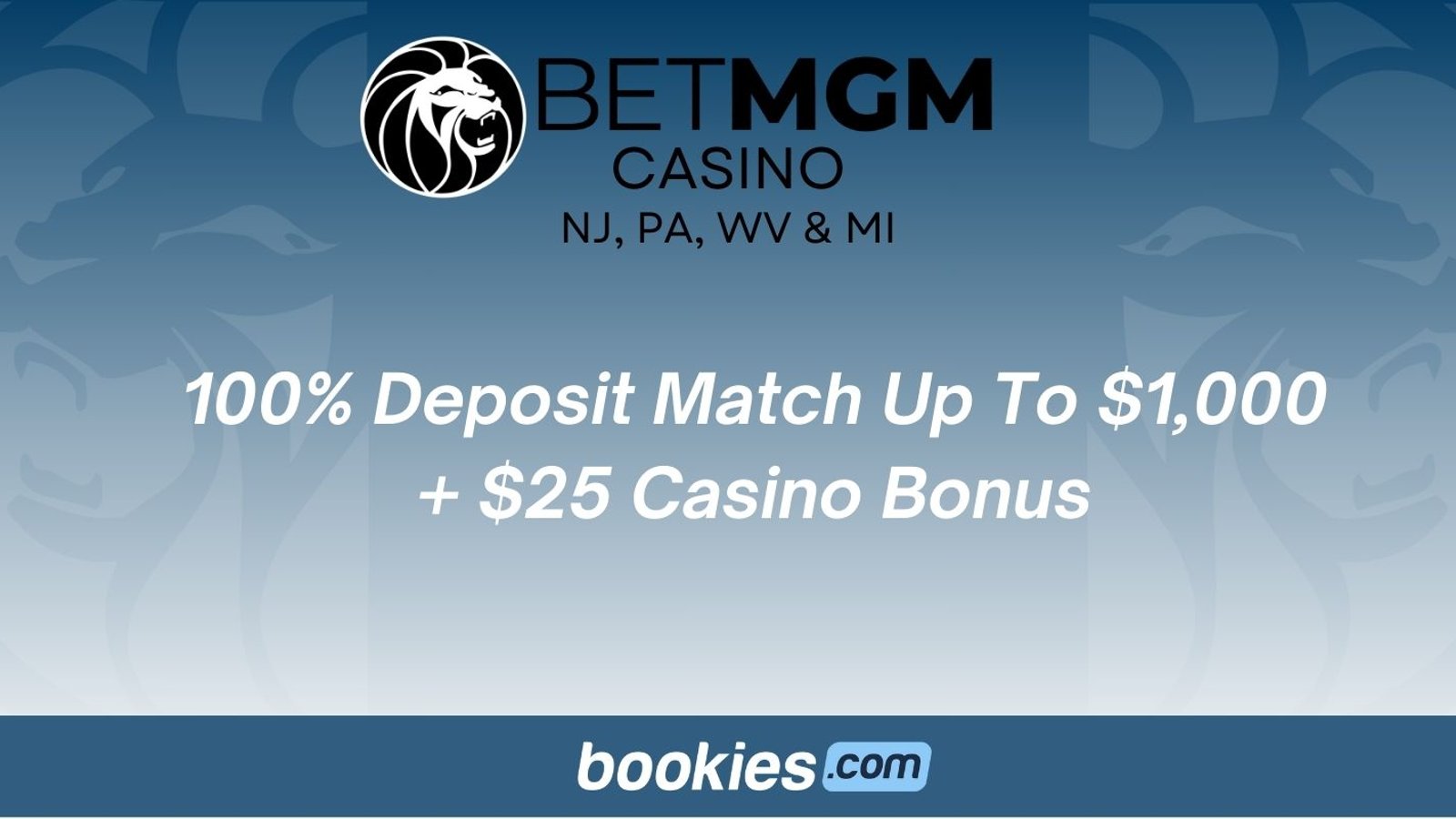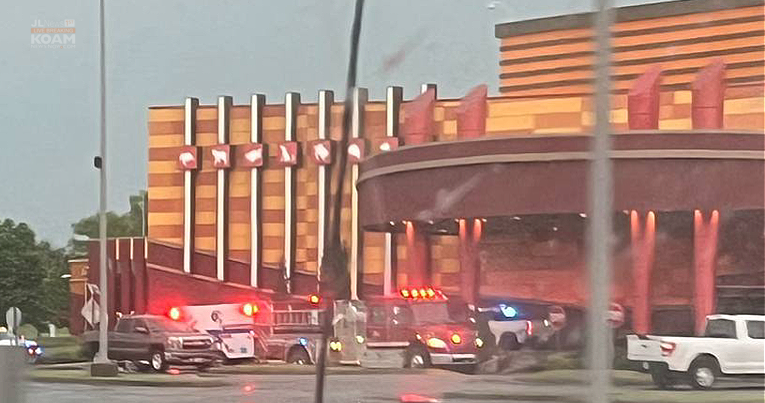It was a quiet Monday at the end of March, and the luxe Prime Rib steakhouse at Live! Casino in South Philadelphia was mostly empty.
On this rarely observed yet aggressively marketed fake holiday, National Cheesesteak Day, the restaurant was touting its gilded take on the city’s working class sandwich, the Golden Cheesesteak, with “thinly sliced filet, mushrooms, caramelized onions, black truffle cheese sauce, and 23K gold leaves.”
It came complete with a high roller’s price tag: $65.
The lightly toasted roll broke apart as I lifted it off the plate, the cheese sauce — made with relatively inexpensive truffle oil, not the actual luxe fungi — was a tad watery, and there were only a few specks of those “23K gold leaves” among the mushrooms and caramelized Cippolini onions. The thin slices of filet were well seasoned and evenly browned, but not tender — typically the reason to use filet versus another cut of meat.
The mediocrity of the sandwich aside, I was left wondering, who is this for?
“We do it yearly,” relayed my bartender, “and we get, like, two people to get it.”
It showed: For $65, I got what amounted to a few slices of filet on Texas Toast with scattered flakes of a broken, golden promise.
The cheesesteak was, for a long time, a working-class sandwich. Three simple ingredients that coalesced into a hardy, tasty answer to a blue-collar worker’s lunch-time quandary. It wasn’t overly expensive, it fit easily between the hands, and supplied a lot of protein to roof workers, electricians, and mailmen.
Along the way it became a symbol of Philadelphia, just like the statue of a fictional character, or the broken bell that can’t ring. And just like the movie props, the sandwich shops became stops on a tourist’s map. Now it’s yet another victim of the desire to “elevate” dishes.
When we enrobe this type of food in luxury, what are we trying to get out of it? And who is supposed to eat it?
‘Elevating’
Upscaling foods that were once associated with the working or middle class is nothing new.
At the end of the 19th century, raw oysters were abundant, and it was an affordable, accessible protein for the working class of large cities like New York. Lobster was fed to criminals and slaves, especially in New England, where they washed up on beaches in abundance.
Eventual scarcity and new ideas on how to prepare these foods led to their adoption by the upper classes, followed by more elaborate servings and more radical ideas on how to sell them. That’s how we eventually we get to oysters topped with caviar and lobster rolls bathed in rich butters and flavored with wasabi and chipotle.
Take the cheeseburger. In 2001, French chef Daniel Boulud created a monster: a sirloin patty stuffed with red-wine-braised short rib, foie gras, and black truffles; layered with Dijon mustard and grated horseradish; and topped with cheddar and onion seed, all on a potato bun. DB Bistro Moderne’s hot new item, $27 at the time (the equivalent of $48 in today’s dollars), captured the Guinness world record for priciest hamburger.
The burger was something of a joke to Boulud — “I was poking America in the heart,” he told Michelin — but it arrived at a moment fine dining was being reconfigured and high and low were coming together in new ways. It also began both a continuous upgrading of the components of a burger — peaking perhaps in either the Black Label burger at Minetta Tavern with its dry-aged ribeye or the Red Hook Tavern burger, also featuring dry-aged beef — and an arms race of increasingly preposterous embellishments that have since become de rigueur for de-luxe stunt foods whose prices reach the triple digits, or higher. (The joke really was on us, it turns out.)
The cheesesteak at Rittenhouse Square’s Barclay Prime, one of the best steakhouses in the city, is a — you might say — prime example of both of these impulses. Three years after the Boulud burger, the venerable steakhouse debuted with a $100 cheesesteak in 2004 that included both “Kobe beef” and lobster. Also: shaved black truffle, sauteed foie gras, caramelized onion, and heirloom shaved tomato with truffle butter and homemade mustard. A sandwich? Yes. A cheesesteak? Maybe, but only if you squint very, very hard. (Unsurprisingly, it was created by a New Yorker and a Utahn.)
In 2018, Barclay Prime revamped the sandwich into a “veritable truffle bomb” as Michael Klein described it. It included truffle shavings, truffle butter, truffled foie gras mousse, and a house Whiz made with caciotta al tartufo, an Italian semisoft cheese infused with black truffle shavings.
The latest iteration debuted at the end of 2023. It seems like a more earnest endeavor to create the most extravagant possible version of Philly’s most iconic sandwich than simply a wedge to part people who have too much money from some of it. It is an actual cheesesteak, at any rate.
The Barclay Prime cheesesteak is built on wagyu, melted Cooper Sharp (of course), and fried onions, though the beef is infused with roasted foie gras and it’s all topped freshly shaved black truffle. The fatty meat rests on a durable French sesame roll with a crusty exterior and soft interior, baked at neighboring Parc ― a sly stray from the traditional Italian bakery fare. It’s served with a half bottle of dry champagne. Price tag? $140. (One can argue this is a deal: $100 in 2004 dollars is now north of $167. You can get the sandwich sans champagne for $105; you should just get the champagne.)
If the Live! Golden Cheesesteak is a broken promise, Barclay Prime’s cheesesteak is a promise kept. It is what you might imagine a “luxury cheesesteak” should at least feel like: rich. The beef, which had a medium chop, was discernibly fatty but extremely tender. There wasn’t a bite without melted cheese, which was uniformly mixed throughout, or the thin sticks of slivered truffle that coated the entire top of the sandwich like confetti on a sidewalk after a parade. The flavor was defined by the Cooper Sharp, which prevented any distinguishing savor of the beef — or the foie gras, which was undetectable — from coming through, although the gentle funk of the black truffle remained discernible. Adding one of the slices of pepper served on the side provided a flourish of red and orange color and a sharpness that helped bring the rest of the cheesesteak into clearer focus.
Still, was it what anyone actually wants from a cheesesteak? Perhaps the movers and shakers that populate the plush seats in the low-lit den of Barclay Prime. Me? I’m not so sure.
“The luxury market’s sole purpose is to sell you things you don’t need,” my Prime dinner companion remarked.
Could there be something to the idea of at least a more premium cheesesteak, though?
What’s the beef?
Shay’s Steaks in Center City posits an elevated cheesesteak in a more moderate way, without the expensive sprinkles of worthless additions. It’s just a question of the cut of meat.
The typical meat in a cheesesteak is either rib-eye (fattier, richer) or sirloin (leaner, less expensive, potentially more flavorful), and you usually don’t get to pick. Shay’s offers four choices: $18.95 for New York strip, $19.95 for prime rib, $25.75 for filet mignon, and $35.50 for American wagyu. There are five seasoning options, ranging from black garlic and truffle to toasted onion sea salt. And there are four cheese options: Cooper Sharp, American, pepperjack, and provolone. Plus the usual fried onions, peppers, etc. The rolls are on the smaller side, clocking in at about 7 inches, and they’re partly scooped, but they held together well.
When I tried a few of the steaks, I found that the wagyu was no better than the filet (and the New York strip was a tad stringy and gristly). It was too fatty without providing any additional tenderness. The filet cut fit better, chewed easier, and felt juicier. It’s an upgrade that remained true to the essence of the sandwich.
If you want to make a cheesesteak better, you can’t lose sight of what makes it all work, no matter how you serve it: a warm roll that holds up, steak that is juicy and tender but still has some chew, and gooey, uniformly distributed cheese.





